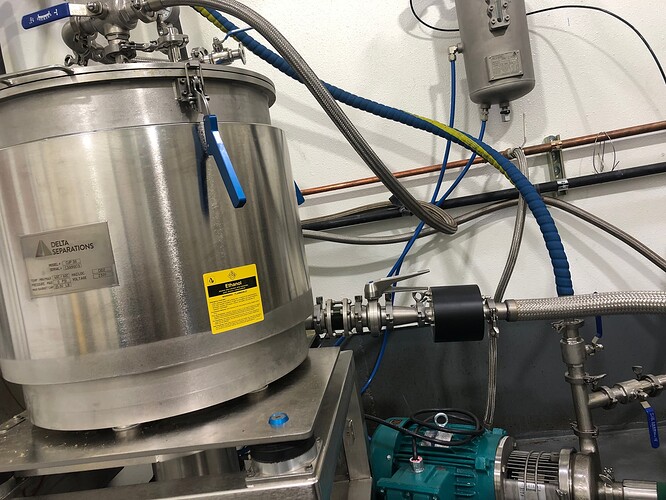with DISTILLATE, yes. huge signal.
with ISOLATE, I don’t see one I would expect at 10x LOD.
we do see something at 100X LOD.
underwhelming? or just plain looking at the wrong molecule?
edit: and let me reiterate. I WANT this damn thing to work in my use case. just can’t figure out how that’s gonna happen without modifications
there were cannabinoids in the weed when I started. cannabinoids in the tincture when I was done. somehow they got from point A to point B without detection. which is weird as it was going in circles for 15 min THROUGH the detector.

